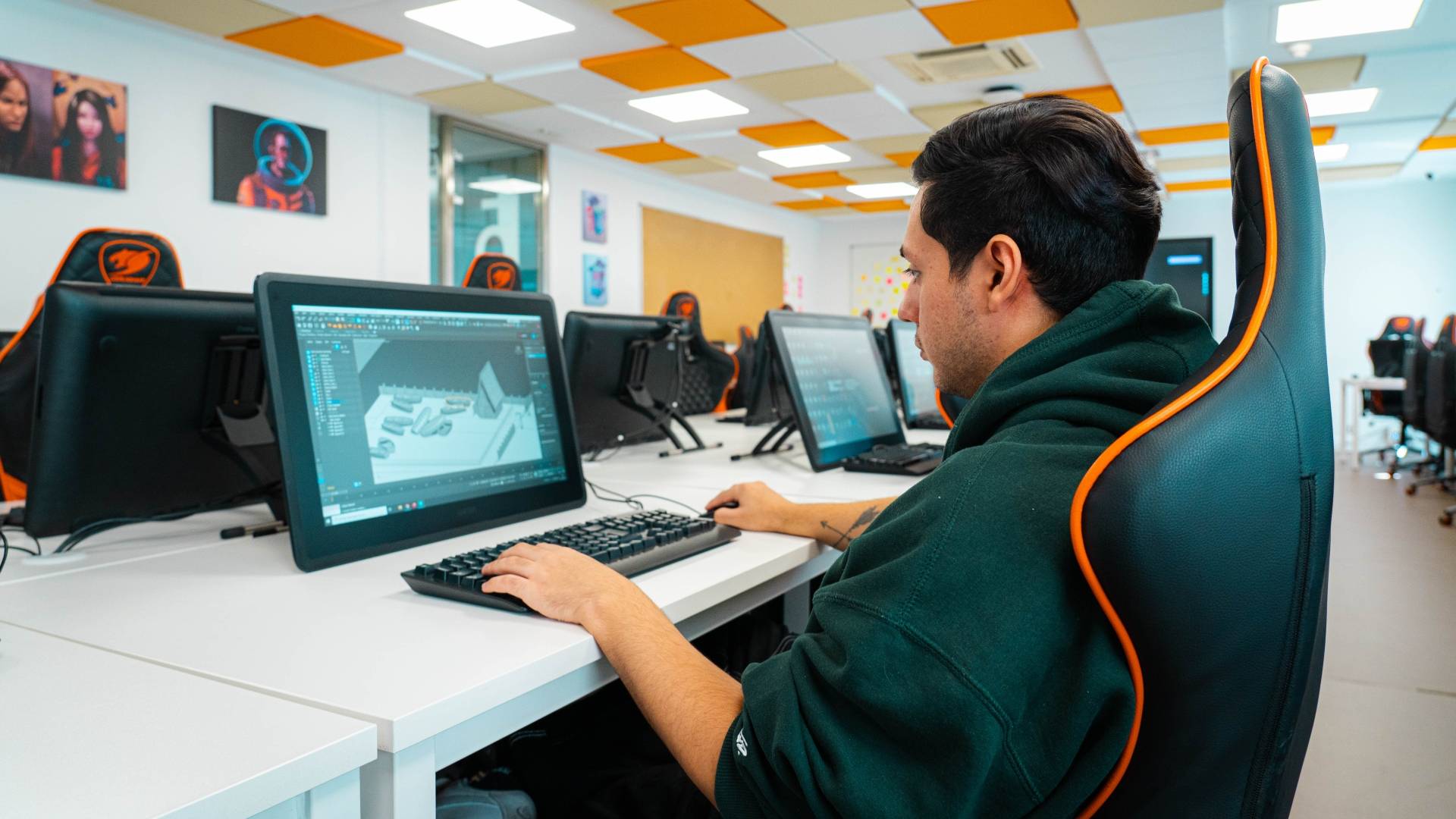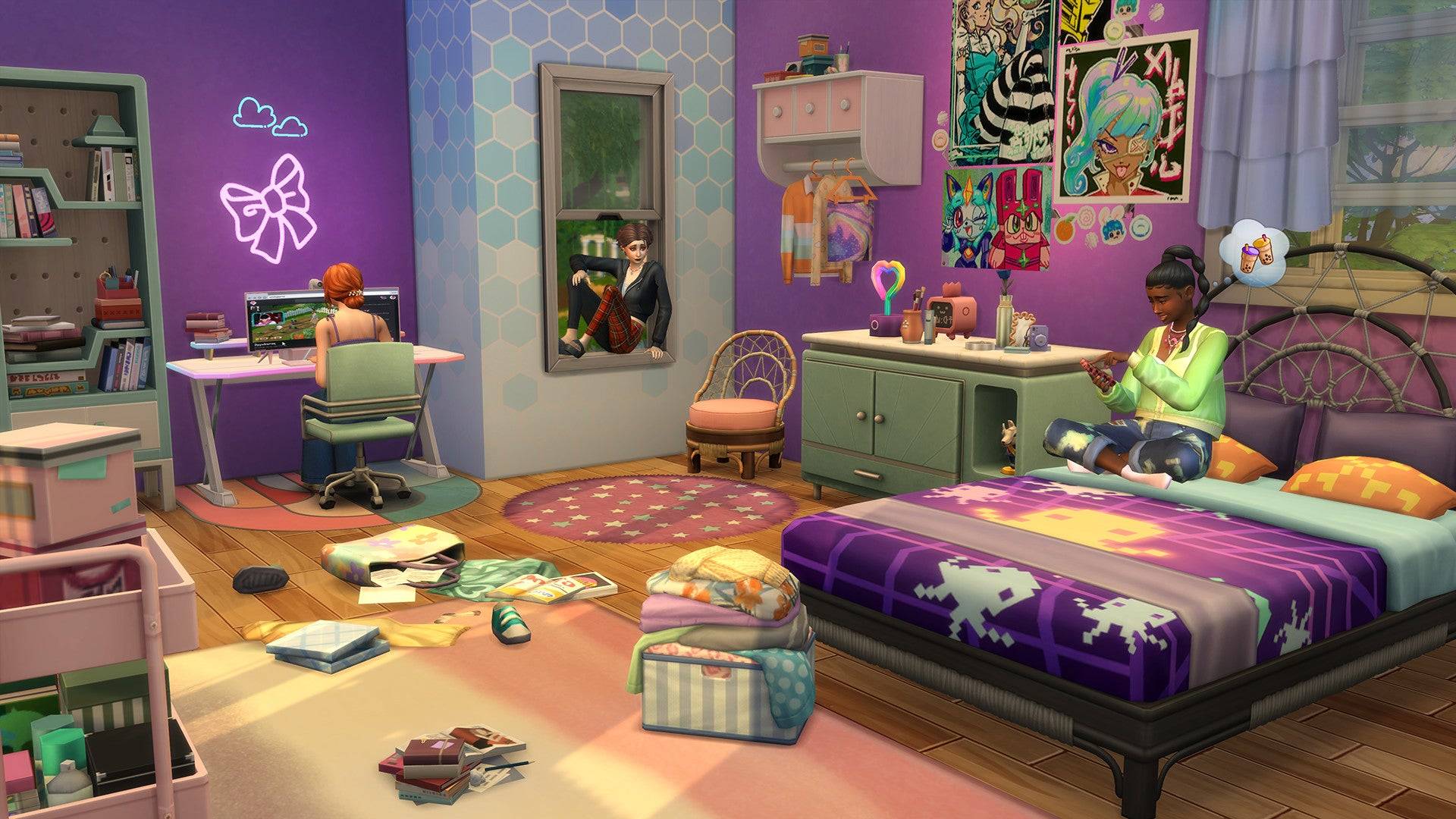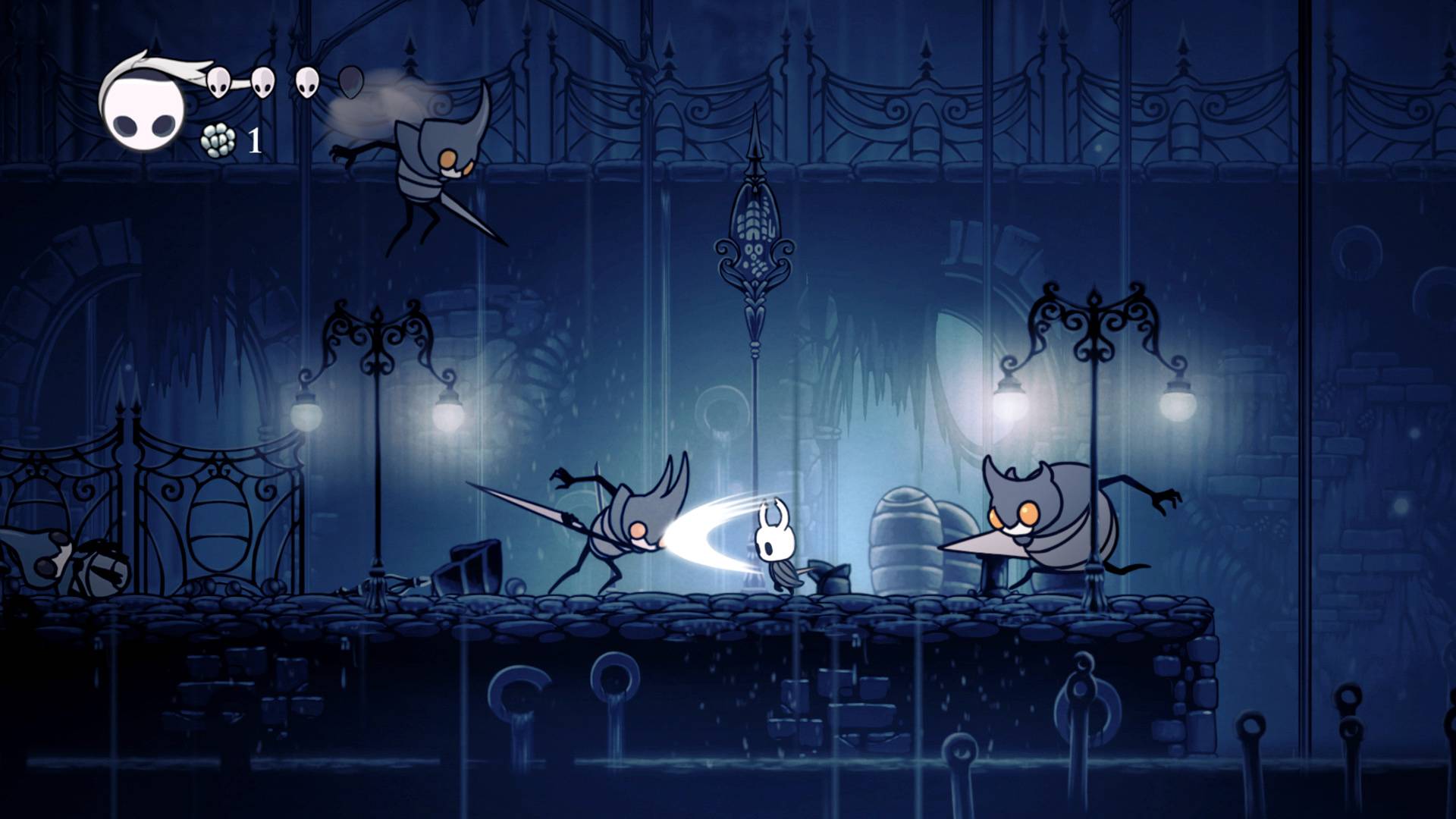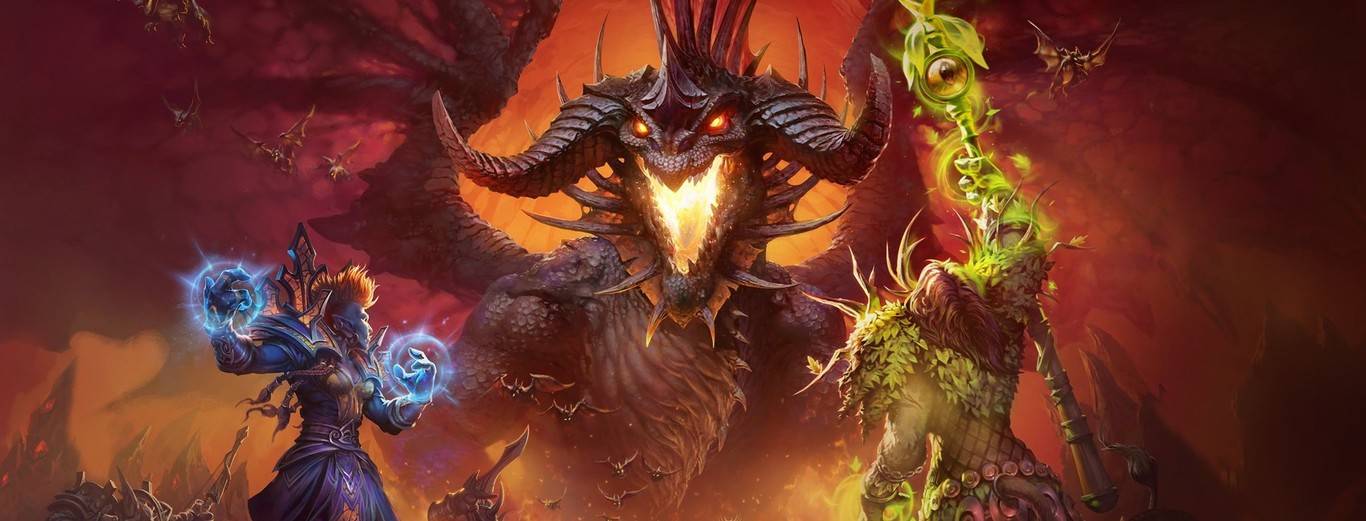What is a diorama and why is it useful in video game design?
In the world of art, storytelling and design, dioramas have been powerful visual tools for telling stories and immersing audiences in carefully created worlds. Although we initially associated the term dioramas with miniature models of historical, natural or imaginary scenes, the concept has evolved significantly with the advent of digital technologies. Today, dioramas occupy a crucial place in video game design and development, offering an innovative approach to creating environments, establishing narratives and experimenting with interaction elements.
In this article, we will explore what a diorama is, how it has adapted to the digital realm, and why its use is so relevant for game developers.
What is a diorama?
A diorama is a three-dimensional representation of a scene, which can be real or fictional, designed to capture a static moment and convey a richly detailed visual context. Traditionally, dioramas were physical models in which materials such as paper, cardboard, clay and paint were used to construct a miniature space. These representations could be found in museums, natural history exhibitions or art fairs.
In the context of digital design, the diorama has evolved into a visual and artistic technique that presents complete scenes in virtual formats. Instead of physical models, designers use 3D modelling software to create landscapes, structures and characters that tell a story or convey an emotional state.
In video games, a diorama does not necessarily have to be static. Developers can incorporate interactive elements that enhance the player's experience and connect them more deeply with the world they are exploring.
How are dioramas used in game development?
In game design, dioramas are used for a variety of purposes, from planning environments to creating immersive levels. Here is a breakdown of the main applications of dioramas in this field:
1. level design prototyping
A diorama can function as a three-dimensional prototype to visualise how a game level will look and feel. Designers can build a scaled-down model of the environment, adding key elements such as structures, paths, obstacles and points of interest.
This allows developers to
- Analyse the layout of spaces.
- Evaluate how players will interact with elements of the environment.
- Identify potential problems before going into full production.
For example, in games such as Uncharted and The Last of Us, dioramas were used to prototype environments full of detail, ensuring that the narrative and gameplay were consistent.
2. Environmental storytelling
Dioramas are powerful storytelling tools without the need for dialogue or text. Through strategically placed objects, lighting and visual details, players can deduce the background of a scene or event.
For example, in a digital diorama, a post-apocalyptic environment may include destroyed buildings, rusting vehicles and graffiti on walls. These elements help build an environmental narrative that enriches the player's experience.
Games such as Inside or Journey are brilliant examples of how dioramas contribute to environmental storytelling, communicating complex messages through detailed scenarios.
3. Creating immersive scenes
One of the biggest challenges in game design is to immerse the player in a world that feels authentic and alive. Dioramas allow developers to experiment with lighting, textures and composition to achieve an environment that is not only visually appealing, but also emotionally impactful.
In this sense, digital dioramas can:
- Help artists test colour combinations and lighting effects.
- Adjust the overall atmosphere of the environment (dark, vibrant, melancholic, etc.).
- Enhance the player's emotional connection to the environment.
A classic example of this technique is the game Bioshock, where digital dioramas contribute significantly to the creation of the unique atmosphere of Rapture, the underwater city.
4. Reference material for concept art
Dioramas are also used as visual references for the development team. Once the diorama is complete, concept artists can draw ideas and elements from it to inspire the design of characters, levels and events in the game.
For example, in games such as Horizon Zero Dawn, early dioramas helped artists understand the scale and integration of gigantic machines in a lush natural environment.
4 advantages of using dioramas in video games
The use of dioramas in video game development offers a wide range of benefits:
Early visualisation of the project 2.
Dioramas provide a clear view of the final product from the earliest stages of development. This helps align the entire creative team around a shared vision and avoids misunderstandings during production.
2. Experimentation and flexibility
A digital diorama allows changes to be made quickly without the need to redo an entire scene. For example, if a designer decides to change the position of an element or adjust the lighting angle, these modifications can easily be made in the software.
3. Saving time and resources
Instead of building a complete level to test ideas, developers can create a smaller, more detailed diorama to visualise how certain elements will work in a three-dimensional space.
4. Improved visual storytelling
A well-designed diorama can enrich the visual narrative of the game, helping players to become more deeply immersed in the story and environment.
Tools for creating digital dioramas
To design dioramas in the context of video games, developers employ specialised 3D modelling tools and advanced graphics engines. Some of the most common tools include:
Blender: For 3D modelling and texturing.
Unity and Unreal Engine: Graphics engines that allow for creating immersive environments and experimenting with lighting and visual effects.
UDIT recognised as a UNREAL Academic Partner.
ZBrush: Ideal for sculpting detailed elements, such as characters or complex structures.
Substance Painter: Used to apply realistic textures to 3D models.
During the four years of training in the Degree in Video Game Design and Development you will learn to work with these professional tools used in today's job market from teachers who combine teaching with their careers in the video game industry.
Degree in Video Game Design and Development
You will be trained at the leading university in Video Game Design and Development, the first to offer the University Degree in Design and Development of Video Games and Virtual Environments in Spain.
With a unique curriculum that will allow you to specialise in Art, Design or Programming according to your professional interests. With aproject-based training focused on job placement, you will learn to create and design your own games and virtual interactive experiences while building your portfolio.
👇 Discover what it's like to study Video Games at UDIT
Our University is a fundamental part of the video game sector: partner centre of PlayStation® Talents Academy, members of DEV and AEVI, founding partner of the Madrid Video Game Cluster, Unreal Academic Partners, sponsors of the Spanish eSports Team, etc.
During your training you will live unique experiences in national and international fairs, events and competitions such as Gamergy, Bilbao International Games Conference, NY Games for Change, GameLab, Hack for Good, Madrid Games Week, Match In Games, Jam Madrid Crea, among others.
https://www.youtube.com/watch?v=l4ibrCHQaRo
After 4 years you will be a professional capable of developing a video game or a virtual environment from scratch. Do you want to work with it? Find out more and don't wait any longer to build your future.
Can't make up your mind? 👇 Take a look at "Nhiol" the TFG of Lucía Sánchez, Miguel Ángel Rivera and Pablo Martín.
More info
Degree in Design and Development of Video Games and Virtual Environments.
What bachelor's degree do you need to study Videogames?
What is video game design? Professional opportunities for the University Degree in Videogames.









